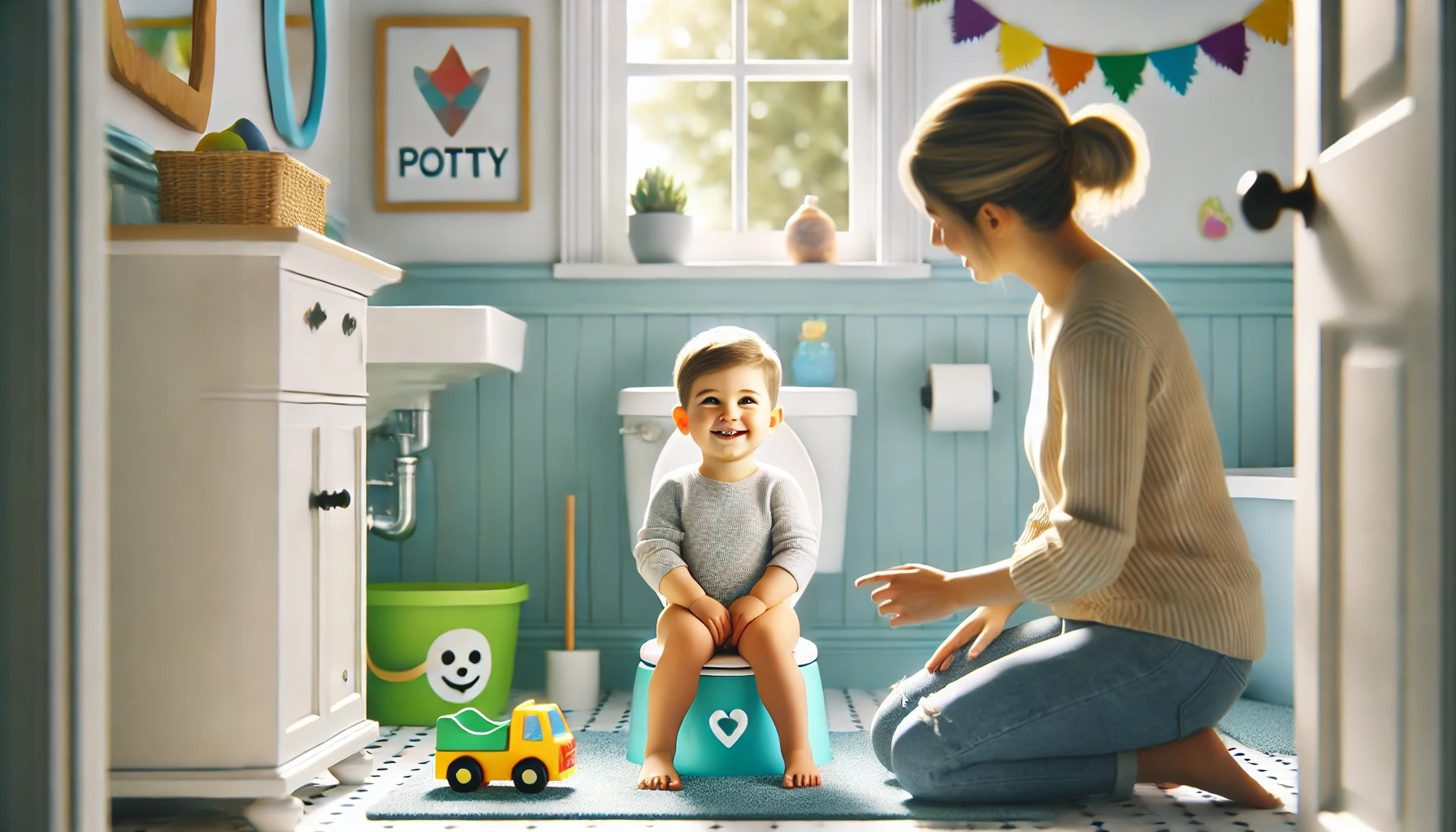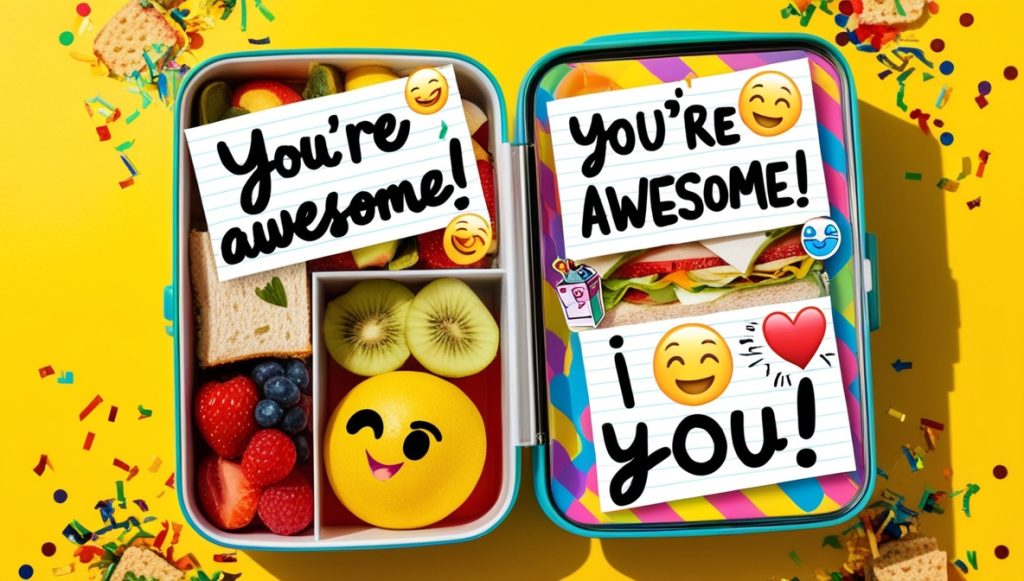Potty training is a significant milestone for both toddlers and their parents. Success in this area requires patience, consistency, and positivity. Here are some effective techniques to make potty training a smoother process.
Know the Right Time to Start
Every child develops at their own pace, but most toddlers show readiness for potty training between 18 and 24 months. Look for signs of readiness such as:
- Interest in the toilet or potty chair
- Staying dry for longer periods
- Understanding and following simple instructions
Starting too early can lead to frustration, so it’s crucial to wait until your child is ready.
Create a Routine
Establishing a regular schedule for potty breaks helps your toddler understand when it’s time to go. Encourage them to use the potty:
- First thing in the morning
- After meals
- Before bedtime
Consistency reinforces the routine and helps develop a habit.
Choose the Right Equipment
The right tools can make a big difference. Consider investing in:
- A potty chair or seat reducer that fits securely on your toilet
- Letting your child choose their potty chair to make them feel more involved
Make It Fun and Positive
Positive reinforcement is key. Use praise and rewards to encourage your toddler:
- Stickers, small treats, or a potty chart can be motivating
- Praise their efforts, even if they don’t succeed every time
Teach Proper Hygiene
Good hygiene habits are essential from the start. Teach your child to:
- Wipe properly
- Wash hands with soap and water
- Flush the toilet
Making these steps a part of the routine will instill good habits early on.
Use Clear Instructions
Keep instructions simple and clear. Phrases like “time to go potty” or “let’s use the toilet” are easy for toddlers to understand. Avoid negative language or showing frustration to prevent creating anxiety around potty training.
Dress for Success
Clothing can be a barrier to successful potty training. Choose easy-to-remove clothes like:
- Pants with elastic waistbands
This makes it easier for your toddler to get to the potty on time.
Stay Patient and Calm
Accidents are part of the process. Respond calmly and reassure your child:
- Explain that accidents happen and they will improve with practice
- Avoid punishment or negative reactions to prevent fear and resistance
Encourage Independence
Help your child take the initiative in using the potty. Ask regularly if they need to go but also allow them to recognize their own signals. Encouraging independence builds confidence.
Consistency Away from Home
Consistency is crucial, even when you’re out. Bring a portable potty chair or seat reducer for outings and ensure your child has frequent potty breaks to maintain the routine.
Monitor Progress and Adjust
Each child progresses at their own pace. Monitor progress and adjust your approach if necessary. If your child is struggling, take a step back and try again later. Potty training should remain a positive experience.
Conclusion
Potty training is a journey that involves patience, consistency, and a positive attitude. By following these effective techniques, you can help your toddler develop the skills and confidence they need to succeed. Remember, flexibility and support are key as every child is different.





